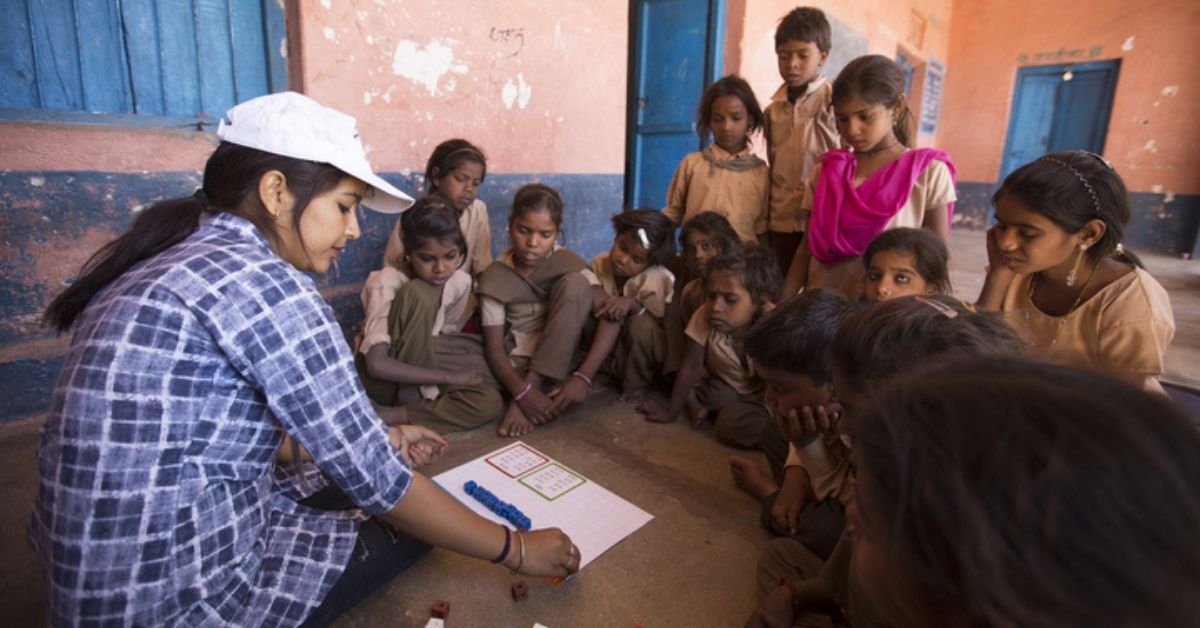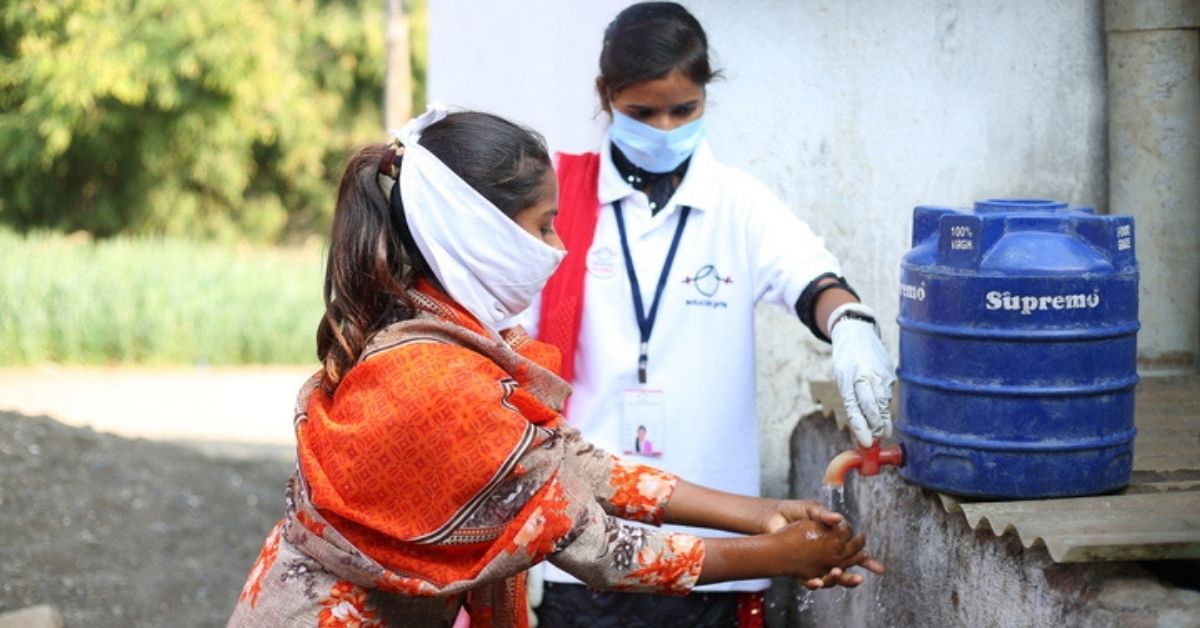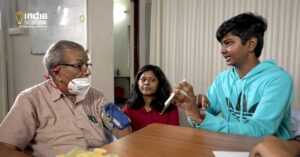‘It Takes a Village to Keep Girls in School’: How 2 NGOs Enrolled Lakhs of Girls in Schools
What makes a girl drop out of school? Is it financial constraints, social pressures or patriarchy? It is all of this and much more, explain experts.

This article has been published in partnership with Childrens’ Investment Fund Foundation (CIFF) as part of #PromptHerNow, a campaign through which The Better India, Population Foundation of India and CIFF bring to light the work of various organisations and individuals who are working to help bring girls back to schools.
Education of girls is a complicated issue in India. Building a school and creating the opportunity to study is only the first step towards solving this multilayered and convoluted problem. This got even more complicated during the pandemic when 40 per cent of around 30 million out-of-school students were recorded to be adolescent girls.
Girls are denied the opportunity due to one or more of the following reasons — social taboos, gender bias and inequality, cultural norms, safety concerns and financial constraints. But the pandemic and loss of livelihood that followed, made drop-outs of female students an even more common occurrence, thus exacerbating the inequality. With the family’s income compromised, girls were the first ones to be pulled out of school and pushed into doing household chores or subjected to early marriage.
This scenario is well known and documented by mainstream media, highlighting how social pressures, financial constraints and lack of digital access negatively impacts the female student population in India. However, as Medha Uniyal— who co-heads Girls and Women Programs for Pratham Education Foundation—points out, there are other facets to this convoluted problem that needs to be studied and investigated further.
She says, “It is important to understand the relation between ‘actual learning’ of students and them not dropping out. An inability to follow what is happening in the classroom, or the parental perception that their children are not performing well, are likely factors contributing to dropouts. So as we develop strategies to bring girls back to school, we need to ensure support for girls to bridge gaps in their academic performance and learning levels.”
While learning is crucial in increasing the interest of students and changing parental perception, larger systemic factors need to also be thought of, including reducing the burden girls have of household work, or caregiving responsibilities; of increasing accesses available to boys like mobile devices, of additional support through tuitions.
It takes a village…

“The African proverb that ‘it takes a village to raise a child’ is especially true when it comes to the education of girls in developing countries like India. It is very complicated and several valuable aspects of this problem are seldom highlighted in mainstream media. One of them is how community plays a pivotal role in helping a girl get an education and be retained in school,” says Medha.
Owing to this, organisations like Pratham Foundation, and Educate Girls have been carrying out in-depth surveys and sensitisation programs in rural communities to build a robust team of local change agents.
“At Educate Girls, we are trying to address the impact of poverty and patriarchy that continues to keep girls away from education, school and opportunity. After the pandemic, the pathways to bring a girl back to school became even more challenging and at this juncture, the importance of community involvement to make up for all the loss has become even more valuable,” adds Lisa.
Operational in over 20,000 villages in Rajasthan, Madhya Pradesh and Uttar Pradesh, Educate Girls has enrolled over 9.5 lakh girls in school since its inception in 2007. It has helped more than 3 lakh adolescent girls get trained for life skills, helping them build their agency of decision making, giving them better control over their life.
“This impact is an outcome of the hard work of our 15,000 strong armies of village-based Team Balika volunteers, achieved over the last 14 years. From going door to door to identify out-of-school girls to convincing all stakeholders, including their parents, of the importance of girls’ education, our volunteers have achieved numerous feats. However, the hardest bit is always to challenge the community mindset that is often biased against girls. But with the support of village influencers and leaders of the community, we have been able to bring girls back to school,” says Lisa.
When a community comes together to take ownership and the responsibility for empowering its girls and women, half of the battle is won. In a country like India with a massive population, a success in motivating one girl to go back to school, averting a child marriage or convincing a community to promote girl education might seem like a microscopic impact. However, it is these numerous microscale success stories that become the building blocks of a large nationwide transformation.
Sources:
Malala Fund
News.Careers
This story made me
- 97
- 121
- 89
- 167
Tell Us More
We bring stories straight from the heart of India, to inspire millions and create a wave of impact. Our positive movement is growing bigger everyday, and we would love for you to join it.
Please contribute whatever you can, every little penny helps our team in bringing you more stories that support dreams and spread hope.



















